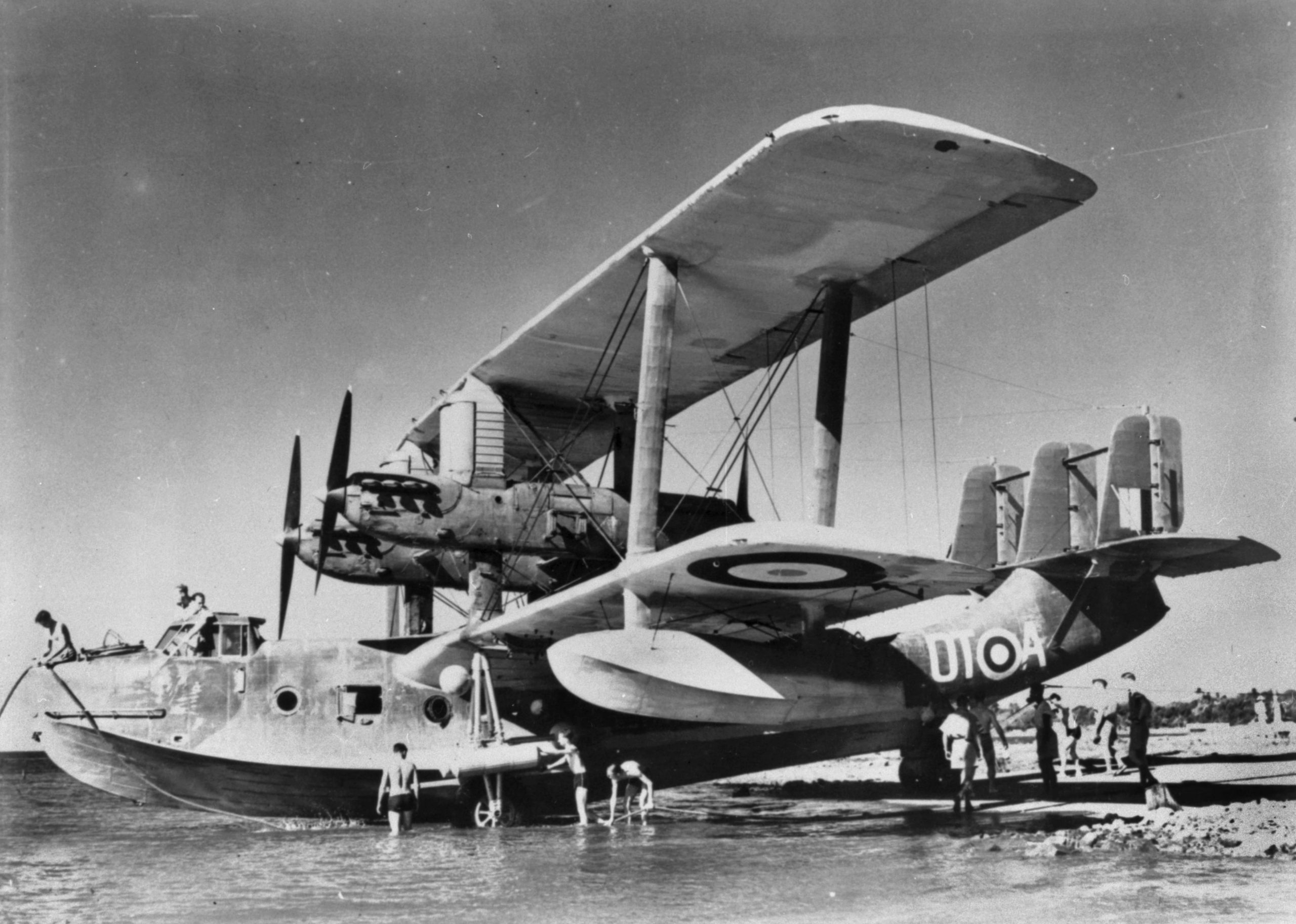In 1941, RNZAF crews embarked on an epic delivery flight across Asia and the Pacific as war clouds gathered with the Empire of Japan. This is their story.
From late 1940 groups of freshly trained pilots started to trickle into Singapore for duties with the Royal Air Force as tensions with the Imperial Japanese Empire worsened. They were later joined by No. 488 Squadron and the Aerodrome Construction Squadron of the RNZAF sent from New Zealand. Another unit was also sent, for a very specific purpose, now almost forgotten.
Another small group of RNZAF personnel often omitted from accounts was the RNZAF Singapore Flight which was sent to Singapore to service and prepare four very elderly Short Singapore flying boats purchased from the RAF for transfer to Fiji. They were intended to patrol the sea-lanes in the South Pacific. They would be the only early warning of a Japanese advance on New Zealand, should it occur.
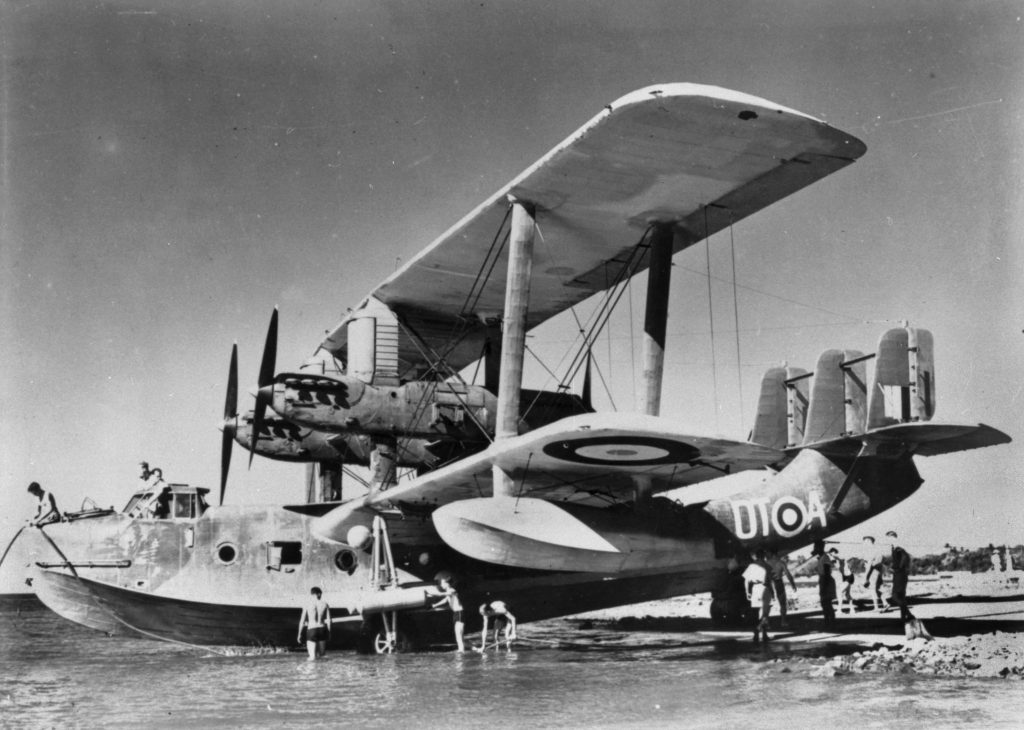
Getting ready
The unit, codenamed Unit 488 assembled between 13 and 20 August 1941 at RNZAF Station Hobsonville, where the prospective Singapore crews trained on Walrus aircraft.
They flew to Singapore via Australia by Qantas airlines, arriving on 7 September. Their commanding officer Squadron Leader Eric Lewis was a New Zealander who had already had a distinguished career in the Royal Air Force and transferred to the RNZAF. He not only kept a diary of these events but also wrote a brief official unit history of the unit, both of which exist in our archives. He was also assisted by another officer from the RAF, Flight Lieutenant W.J. Craig and several RNZAF officers.
Lewis and his officers were clearly in no doubt of the length of nearly 8500 kilometres and difficulty of this flight across several very different jurisdictions (Britain, Vichy/Free French, Dutch East Indies and Australian) and the potential risks of difficult navigation, extreme and unpredictable weather and mechanical unreliability for the crews. On 22 September 1941 he wrote in his diary, having visited the huge Admiralty Chart depot to acquire maps:
“Instead of feeling that we are pushing off into the strange country, one gets the feeling of being one of a large body of sea-farers, from Magellan through Captain Cook and Bligh to modern days of wireless transmission and direction finding.”

Meanwhile, mechanics and engineers from the RNZAF had arrived at RAF Station Seletar and set about getting the four flying boats ready for the long journey. Bill Mitchell remembered in his memoirs setting eyes on one for the first time:
“Immense, archaic, ungainly and unlovely, a Short Singapore, floating sluggishly at her moorings, certainly did not give one the impression she could slip like an arrow across the water to effortlessly soar up into the wild blue yonder.”
The ground crew also got to do some flying as he continued:
“Because some of us would be incorporated these crews, we got quite a bit of flying to familiarise us with the maintenance requirements for a long trip.”

Departure
After a considerable amount of work, the first two Singapores were ready to go. On 16 October 1941 they set off for Batavia in the Dutch East Indies (now Indonesia), with Eric Lewis in command of one. On arrival at the harbour, he noted in his diary of an unexpected but warm welcome:
“No one here knew of our coming, except Navy, who knew 20 minutes before we arrived. Dutch all stand up on arrival of a newcomer, whoever it is.”
The following day, they flew to Surabaya and then on to Kopeng. By 20 October they had arrived at Darwin in Australia, where one ‘typical Australian’ officer told Lewis “You can drink the water here but it is bl**dy dirty. Crocodiles wash their a***s in it all day”.
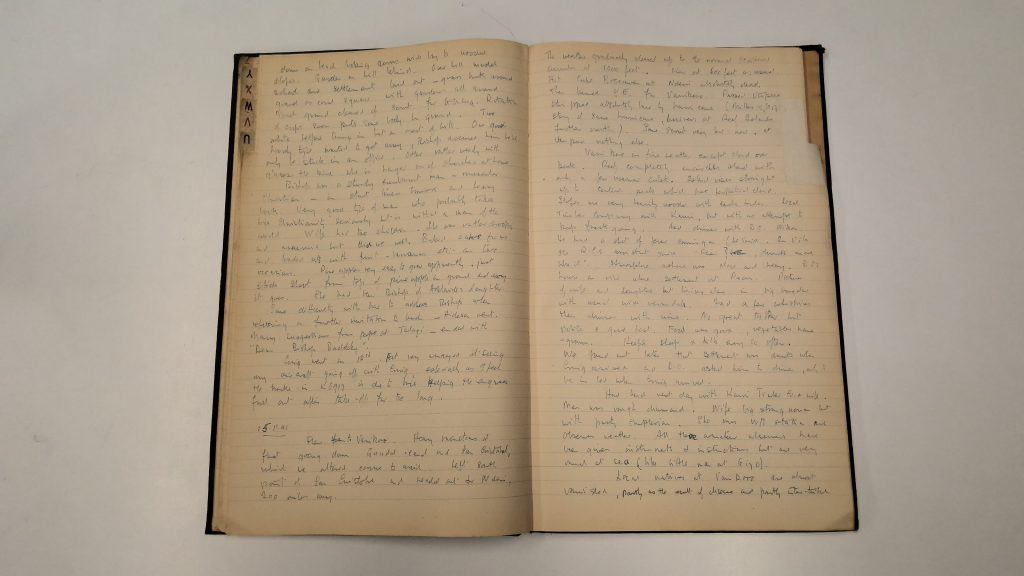
After a week in Darwin, they were away again, stopping at Groote Eylandt, through smoke from bush fires in Borneo. By 29 October they were at Thursday Island and arrived at Port Moresby on 30 October. After some very basic hospitality from the Royal Australian Air Force they continued across Papua New Guinea and then on to Gizo. They then passed into British rule territory arriving at Tulagi in the Solomon Islands on 3 November 1941.
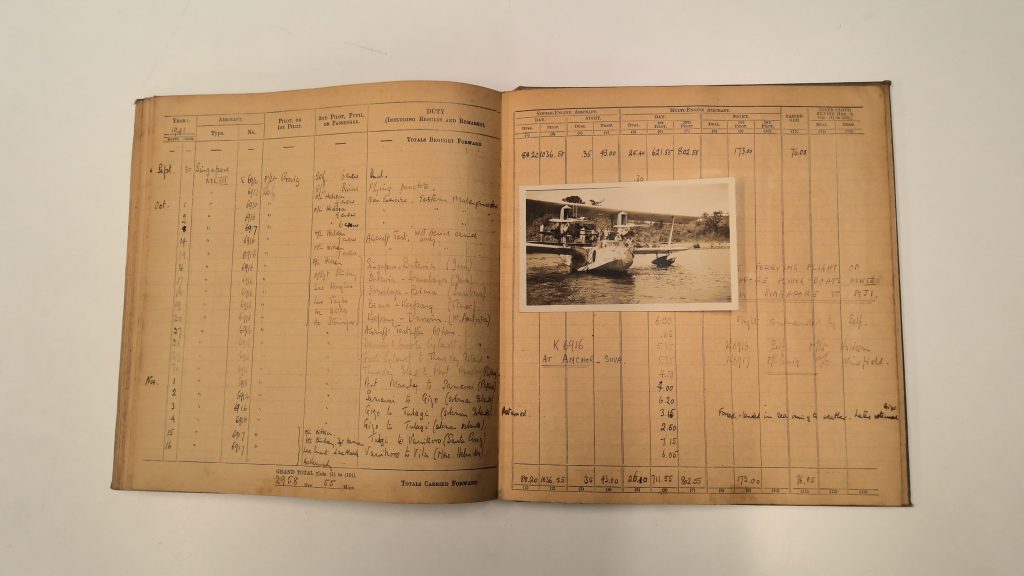
After three days with engine issues, they finally got going again. Now over the Pacific, they sighted Guadalcanal and then flew onto Vanikoro. On arrival at Vila, an Anglo-French condominium in Vanuatu, Lewis was relieved that “…there seemed on the surface to be none of the difficulties with Free and Vichy French that I had read about…”, which could have disrupted the mission. The remainder of the flight island hopped across the Pacific until they neared Fiji. On 18 November 1941, Lewis described their arrival at Suva in Fiji:
“When we landed at Suva the air force launch was there – the best and smartest looking craft of the whole flight- with the Chief of Air Staff aboard. Luckily after a couple of circuits we were able to make a very good landing, which must have looked nice from the launch, turned straight in and taxied up to the buoy and moored. The C.A.S. was very affable and asked after the health of the crew.”
In fact, one man had contracted malaria for the whole trip and nearly died so he was rushed to hospital. The journey had taken over a month to complete.

The second flight
Meanwhile, back in Singapore, the Japanese had invaded Malaya and Bill Mitchell and the other members of the RNZAF Singapore Ferry Flight faced a new reality, as he recalled later:
“Work and crew training on the two remaining flying boats as fast as the Japanese would allow, for we had to be ready to leap for shelter as soon as the sirens went; sometimes sooner, as the air raid warning system was anything but reliable.”
Nevertheless, the last two Singapores left the embattled island on 13 December 1941 and arrived just before Christmas, having had a less troubled journey than the first flight. On arrival, one of the pilots, Donald Baird recalled getting some bad news:
“To our disgust we discovered that Squadron Leader Eric Lewis had ‘piled up’ one of our jewels on a reef at Suva when left alone as C.O. of the forming No. 5 Squadron. We were thus reduced to three Singapore IIIs from the start. So much for trying to train even quite experienced pilots on boats, on a pressure-cooker course in the mysteries of web-footed aviation.”
Bill Mitchell and the remaining mechanics remained in Singapore before they were evacuated from the doomed city and after an arduous and perilous sea journey, arrived in Lyttleton harbour on 23 March 1942 to a rather muted welcome home.
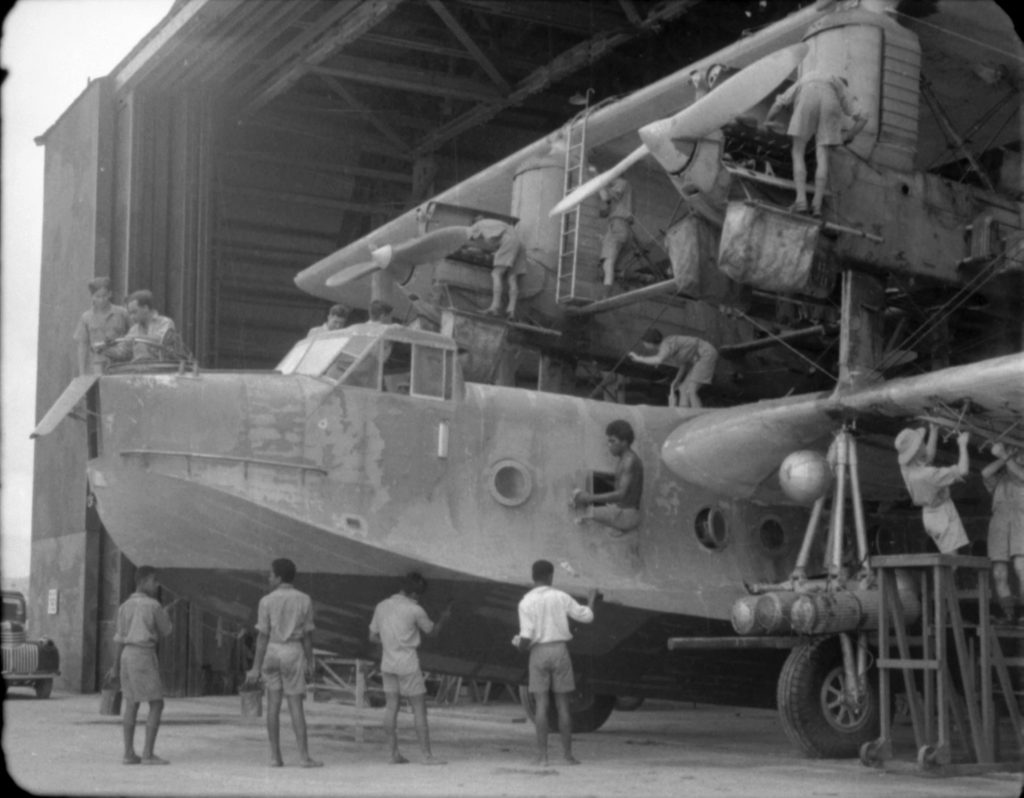
Legacy
The remaining Singapores of the newly formed No. 5 Squadron performed valuable service from Fiji for the next six months before their aged hulks were sunk off Laucala Bay in April 1943. Their arduous journey to Fiji was a testament to the skill and tenacity of the Squadron they became and began a tradition still carried on over 80 years later as newly introduced P-8 Poseidon takes maritime reconnaissance in the RNZAF boldly into the 21st Century.




